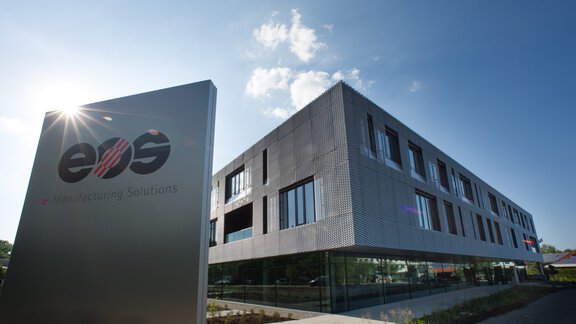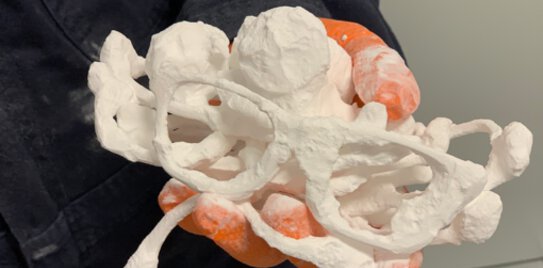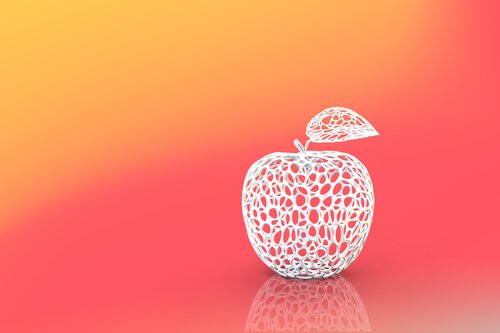How Industrial 3D Printing and a Convergence of Technologies Allowed Fitz Frames to Change an Industry
The consumer space is hyper-competitive, with manufacturers continuously searching for differentiation and unique reasons for customers to choose their brand. The ability to tailor products to the individual is a massive selling feature and that ability is possible with 3D printing. Traditionally, production of eyewear required dies and molds and may have been limited in choice to “small, medium, or large” and offered in a few colors. Now, with scanning software and using common hardware, entire batches of eyewear can be produced with each pair unique to each person, and requiring no molds, and produced on-demand.
In the latest Additive Snack podcast episode, Katie Brandeau, the Chief Product Officer of Fitz Frames, joined podcast host, Fabian Alefeld, to discuss how Fitz Frames creates custom eyewear for children with the snap of a camera, or more specifically, a selfie. Their story is a prime example of how Additive Manufacturing (AM), combined with smartphones, scanning, and the web have harmonized to change mass production to mass customization.
Fitz Frames founder Heidi Hertel, discovered a need for children’s customizable eyewear when her two young daughters needed glasses but conventional eyewear was not the right fit. And, the glasses that were available made from traditional manufacturing fit poorly and didn’t allow for her children’s active lifestyle – breaking easily. Hertel has a better idea: better design, better manufacturing, and improved costumer experience.
Pushing the Limits
Through Fitz Frames, Hertel and her team have displayed how AM continues to be a disruptive technology, pushing the limits of part performance, sustainability, and automation all while decreasing manufacturing complexity.
Fitz Frames’ unique approach to a mature industry is rewriting the rules while traditional manufacturing is not going to be replaced overnight, there are options that can eliminate time, cost, and waste during both production and unnecessary stock.
Looking towards the future, these manufacturing developments also open a world of gathering and utilizing metadata, by way of new software that can easily be downloaded to your personal device. This is just the beginning for these product developers and soon that same approach could be adopted across many other industries leading to more self-guided care and personalization.
Want to know more about Fitz Frames’ business model?
Then listen to the latest Additive Snack podcast episode and learn about:
- How Fitz Frames recognized a need in the children’s eye care market and created a solution that included additive manufacturing
- Guidance for engineers who want to know if an additive manufacturing solution is right for their application
- How scan to print features can create truly customizable products in a fraction of the time
- Considerations and mistakes companies make when incorporating additive manufacturing into the design process and product creation



